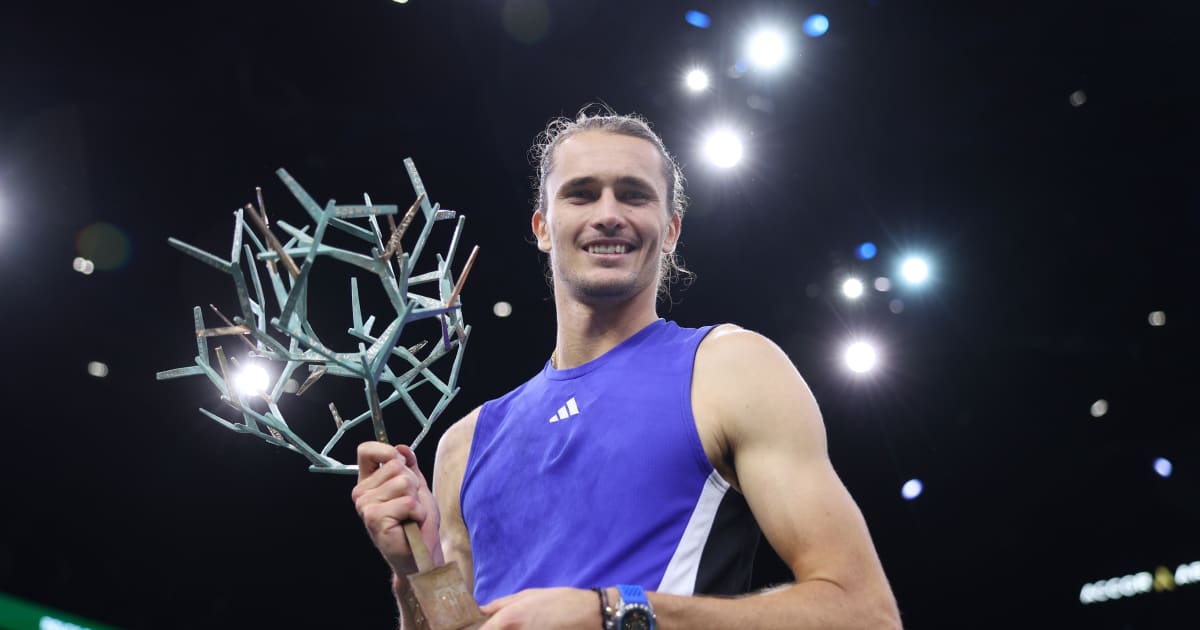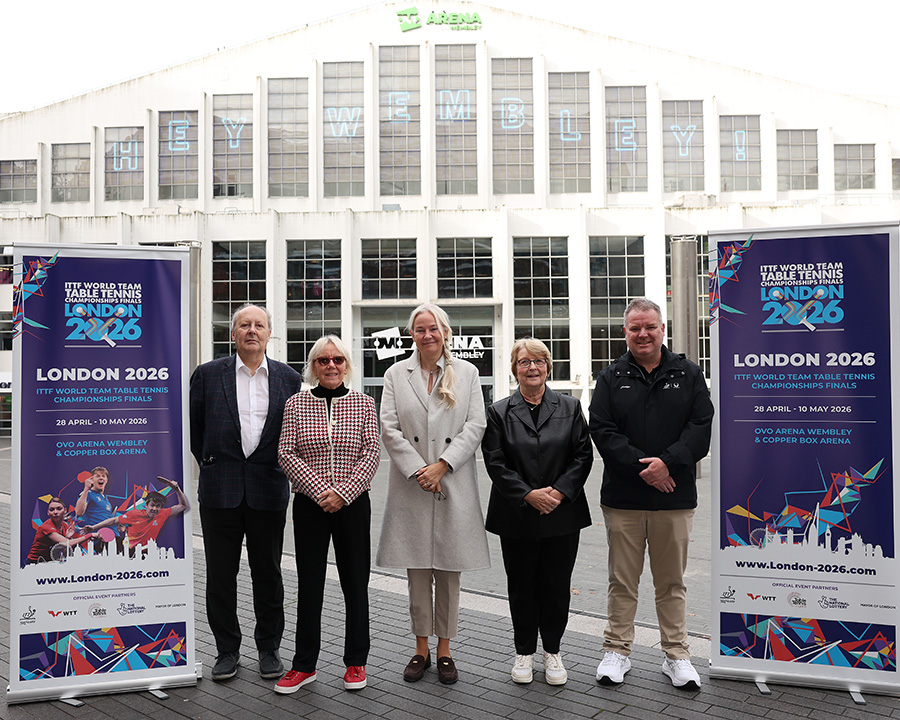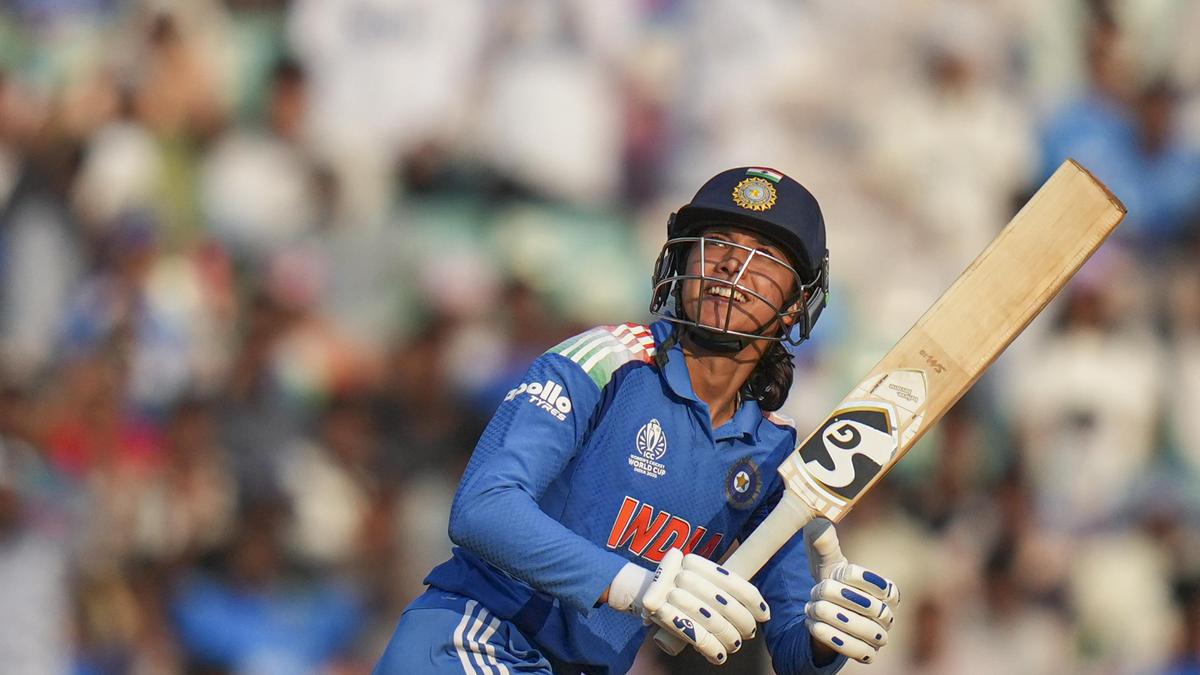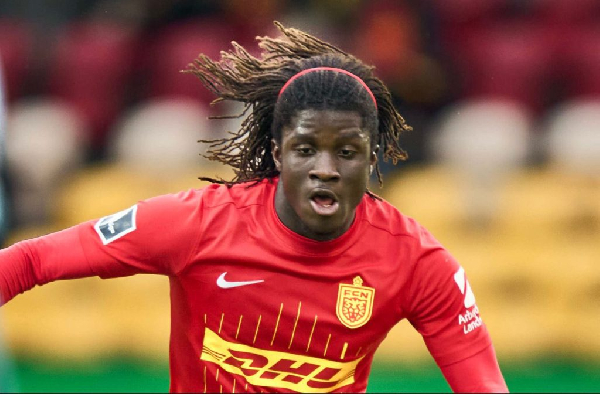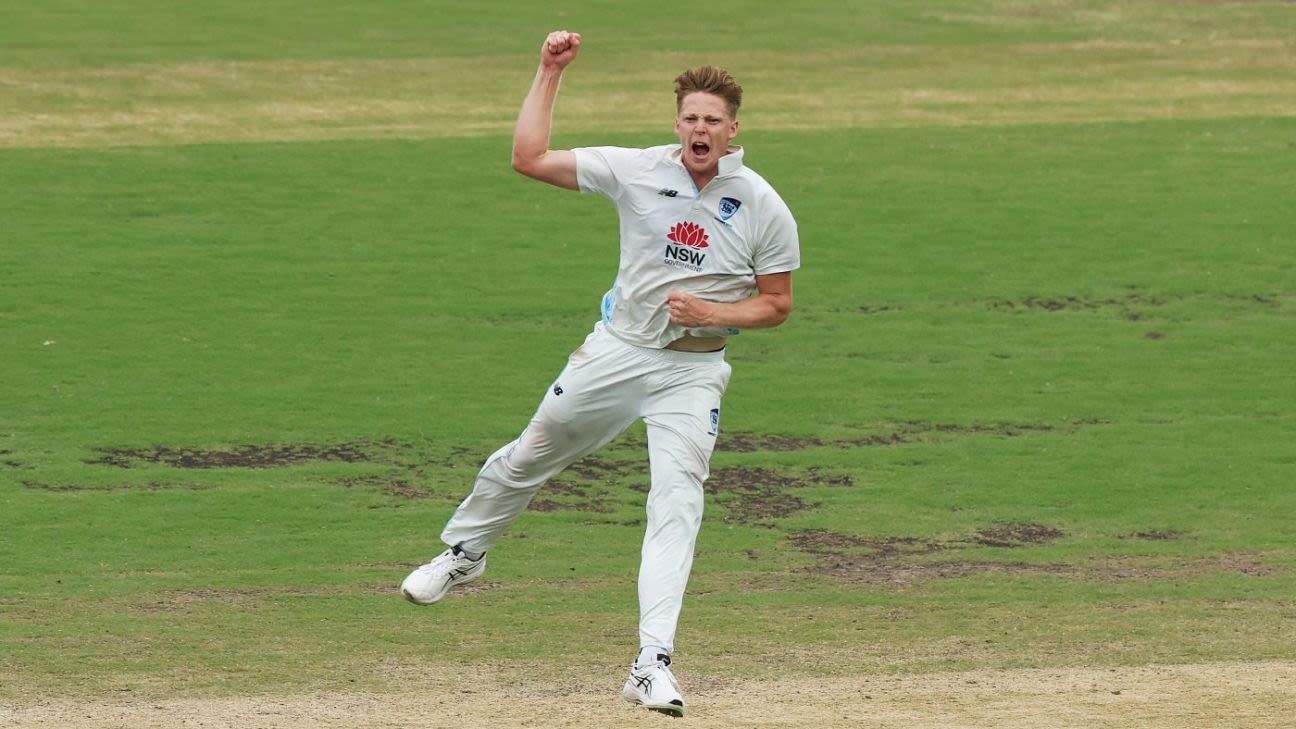Rajeev Ram reflects on his unique journey, tennis success, thoughts on doubles and mentoring young talent.
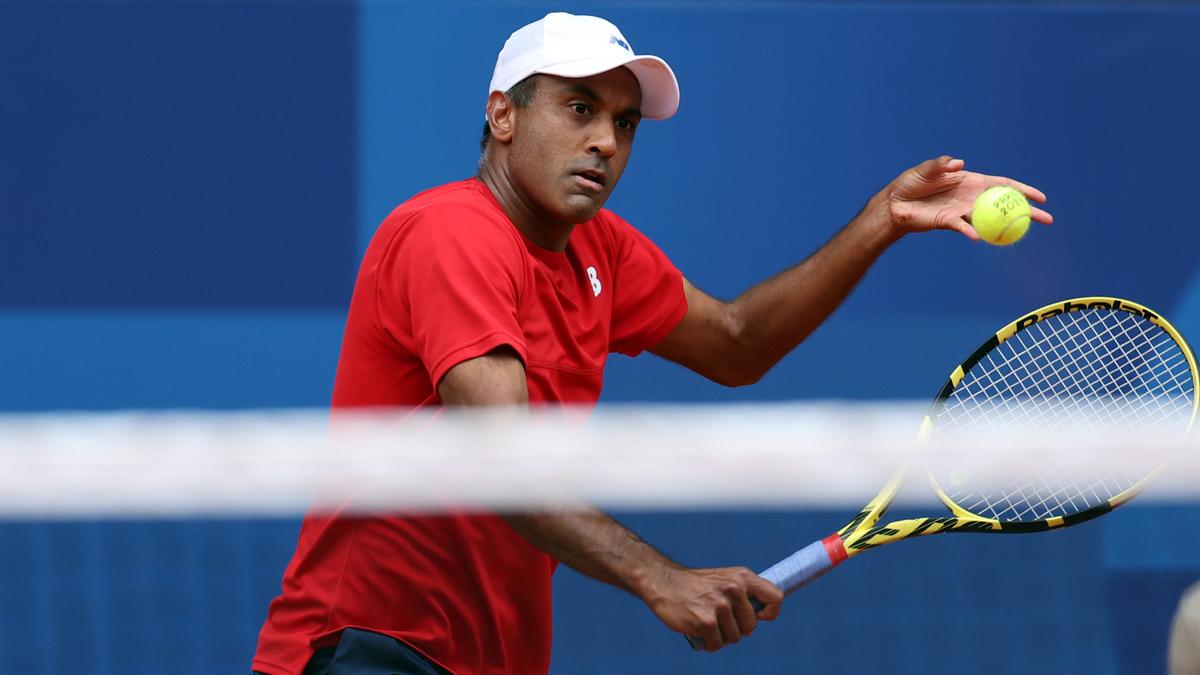
For Indian tennis fans, Rajeev Ram at once seems a close cousin and a distant relative. The 41-year-old’s parents were from India and his biggest doubles successes — Australian Open 2020 and a hat-trick of US Opens from 2021 to 2023 — have resonated in the sub-continent.But he is also proudly American, and is mentoring the next generation there. He sat courtside as fellow Indian-American Nishesh Basavareddy, then 19, took on Novak Djokovic in the first-round of the 2025 Australian Open.Incidentally, Rajeev and Venus Williams beat Rohan Bopanna and Sania Mirza in a close semifinal at the Rio 2016 Olympics, and Rajeev [with Joe Salisbury] also overcame Bopanna [and Matthew Ebden] in the 2023 US Open final.The six-time Grand Slam champion and two-time Olympic medallist spoke to The Hindu on his tennis journey, the state of doubles, the mixed doubles rejig at the upcoming US Open and more. Excerpts:How do you assess your year so far?In professional sport, it’s a lot of up and down. My results this year haven’t been what I’ve gotten used to over the last few years. But I’m 41 and have been very fortunate to have played at a pretty high level for the better part of 20 years. So, I’m taking it in my stride. The US Open is my favourite tournament, so I am really looking forward [to it].What has kept you going for so long?I played singles as a priority until 2017. We, as tennis players, begin with aspirations to play at the top level in singles. I’m very proud of the fact that I became a top-60 player and won two titles on the Tour. My doubles-only career started in 2017, and even though it was much after I turned pro, it still was fresh when Joe and I won the Australian Open in 2020.It’s a lot about attitude. The thing that’s always been important is consistently trying to improve. If you have that attitude, you can sometimes take even losses as a positive. As heartbreaking as some of them are, sometimes they’re the biggest motivators. I used them as fire and fuel. I’ve actually had to be more aware of myself when I’ve been winning a lot because you get a little bit satisfied.How has the doubles game evolved?It’s changed a lot. When I started, players, especially those who transitioned from singles, would try to develop their net game a bit more. In the last three or four years, I’ve seen a big shift where that’s really not the case. Most teams now have at least one player who serves and stays back all the time. There’s more comfort from the baseline. A lot of the players don’t really worry about serving and volleying anymore. From the returner’s perspective, it’s a lot more about pace, being aggressive and trying to get a hold on the point straight away. Whereas, when I started playing, there was a little bit more feel, more finesse.Doubles is very entertaining and popular as a recreational sport. But it doesn’t get good broadcast slots or matches on the show courts, especially in the first week of a Major. Are these hindering the growth?Absolutely. Anything that is put on the back-burner in terms of promotion and marketing is going to be treated that way by people who watch it. I’m not saying by any stretch that it needs to be at the same level as singles. But there are definitely stories that could be marketed a lot more. Like Rohan having so much success at such a late age [World No. 1 and 2024 Australian Open title]. Croatia’s Mate Pavic won the French Open last year and completed the career Golden Slam [along with Tokyo 2020 Olympics gold]. But I don’t think it got the push that a truly rare achievement in our sport should have got. Next is to highlight the partnerships. There could be quite a bit more of that, just to get to know the players at the personal level.In such a scenario, how does the move by the US Open to completely transform its mixed doubles feel? It is being played in the week before the Slam and has more singles players than doubles.It’s two parts for me. I applaud their idea to innovate. As much as doubles was on the back-burner, mixed doubles was behind even more. So putting it in its own week, with fanfare, is great. Tennis could use mixed doubles as the flag-bearer, as men and women play men and women for Olympic medals and Grand Slam titles.But they [US Open] made it such that doubles players couldn’t even enter. You can’t unless you have a singles ranking. That’s where I feel opposed. They should [have] just let everybody enter. A lot of the players that got in from singles would have still gotten in. It would have been a bit more legitimate to give a Grand Slam trophy for.If you were in a position of power, what would you do to increase traction for doubles?I mentioned Rohan winning so late. Joe and I won three US Opens on the trot. So the stories are there. They just need to be told. Secondly, social media is such a big part of our world. We have exciting points happening every day. They don’t need to be necessarily in the main stadiums or even on TV. If we could do a better job of showcasing them, people would be drawn to the game. Most of those who are watching are doubles players themselves and they can have a little bit of a relationship there. The third thing is to just tell the story of the partnerships. Joe and I played together for six years. We can do a little bit more of getting outside tennis and highlighting the personalities.You have been mentoring Nishesh, among the brightest talents to emerge from the United States. What do you think India can do to develop such a player?I wish there was some magic recipe. Nishesh and I… our relationship is unique. Of all the places in the US, he moved to the little town that I’m from [Carmel, Indiana]. We have the same coach, Bryan Smith, and I have to give him a lot of credit. He not only teaches us to be good tennis players but also teaches us to give back to the next group. It was always something I was going to do for him [Nishesh] and a few others. Also, coming from the exact same background as I have, an America-born kid with Indian heritage… a lot of pieces came together.What India can do… I think it is very important for a player to feel that he or she is not alone and not feel like they have to reach a certain level for it to be successful. Just the effort of trying to be the best you can be is success in itself. I was really lucky that my dad had the foresight to realise that in the US, sports can actually open doors. I would have never gone to the colleges that I went to if I wasn’t a tennis player. So, maybe, just a slight shift in mentality for what it really means to be a high-level athlete and what success really is [can help India].

